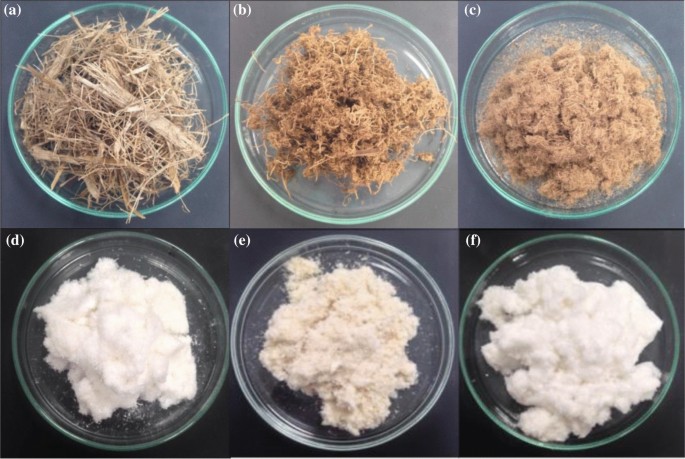The Growing Popularity of Sugarcane Product in the Cruelty-Free and Cruelty-Free Markets
The Growing Popularity of Sugarcane Product in the Cruelty-Free and Cruelty-Free Markets
Blog Article
The Journey of Sugarcane: From Harvest to Everyday Products
The journey of sugarcane is a diverse process that begins with meticulous cultivation and finishes in a variety of products that permeate our day-to-day lives. As we check out the numerous facets of sugarcane's trip, its duty in sustainability and the wider implications for our setting come right into sharper focus.
Growing of Sugarcane
The growing of sugarcane is an essential farming process that requires details environmental problems and administration methods. Ideal growth takes place in exotic and subtropical regions where temperature levels vary between 20 ° C and 32 ° C. Adequate rains or irrigation is vital, as sugarcane prospers in damp dirt with well-drained problems (sugarcane product). Soil high quality considerably affects return; therefore, farmers frequently perform dirt tests to figure out nutrient demands
This method helps with efficient harvesting and makes best use of sunlight direct exposure. Crop rotation and intercropping are advised practices to enhance dirt fertility and lower pest invasions.
Timely application of these plant foods can considerably boost sugar yields. Generally, successful sugarcane cultivation hinges on a combination of environmental stewardship, tactical planning, and ongoing administration techniques.
Collecting Strategies
Effective sugarcane farming finishes in the harvesting phase, which is critical for maximizing yield and guaranteeing top quality. The timing of the harvest is crucial; sugarcane is usually harvested when sucrose degrees top, typically between 10 to 18 months after growing. This period varies based upon environment, dirt type, and sugarcane selection.
Harvesting methods can be extensively classified right into handbook and mechanical techniques. Manual harvesting is labor-intensive, relying upon skilled workers that make use of machetes to cut the stalks short. This method permits selective harvesting, where just the ripest walking canes are selected, therefore enhancing overall sugar material.
On the other hand, mechanical harvesting has gained appeal due to its efficiency and cost-effectiveness. Specialized farmers equipped with cutting knives and conveyor systems can refine huge areas quickly, dramatically reducing labor costs. However, this technique may bring about the addition of premature walking sticks and a potential reduction in sugar top quality.

No matter of the method used, making certain that harvested walking canes are carried rapidly to processing centers is vital. Prompt taking care of reduces perishing and preserves the stability of the sugarcane, setting the phase for optimum processing.
Processing Techniques
Handling sugarcane includes several important actions that transform the collected stalks right into useful products, primarily sugar and molasses. The first stage is washing the walking stick to remove soil and debris, followed by the removal of juice through squashing or milling. This process typically employs hefty rollers that break the walking cane fibers to launch the sweet liquid had within.
When the juice is drawn out, it undergoes clarification, where impurities such as dirt bits and bagasse are eliminated. This is usually accomplished by adding lime and heating up the juice, permitting sedimentation. The cleared up juice is after that focused through evaporation, where water content is reduced, resulting in a thick syrup.

Eventually, the processing of sugarcane not only creates sugar and molasses but likewise lays the foundation for numerous by-products, which will be click here to read discovered in subsequent discussions.
Products Derived From Sugarcane
Sugarcane is a flexible crop that produces a vast range of items past just sugar and molasses. Amongst the primary byproducts are ethanol and biofuels, which have actually obtained prominence as sustainable power sources. Ethanol, generated via the fermentation of sugarcane juice, works as an alternative to nonrenewable fuel sources and is usually combined with fuel to create cleaner-burning fuels, minimizing greenhouse gas discharges.
In addition, sugarcane is a considerable resource of bagasse, the fibrous deposit remaining after juice extraction. Bagasse is utilized in different applications, including the production of paper, naturally degradable product packaging, and as a biomass fuel for power generation. Its usage not only reduces waste but also improves the sustainability of sugarcane processing.
In addition, sugarcane-derived items reach the food industry, where it works as an all-natural flavor representative and sweetener in various cooking applications. In the world of cosmetics, sugarcane essences are integrated right into skin care products due to their all-natural exfoliating residential or commercial properties.
Environmental Impact and Sustainability
The cultivation and processing of sugarcane have considerable implications for ecological sustainability. This plant needs significant water resources, usually resulting in deficiency of local water supplies and impacting surrounding ecological communities. Additionally, using plant foods and chemicals in sugarcane farming can cause dirt deterioration and waterway air pollution, posing their website risks to biodiversity.

Sustainable sugarcane farming also promotes dirt wellness with crop turning and reduced tillage, enhancing carbon sequestration. The fostering of these methods not only supports environmental honesty however also enhances the durability of farming communities against climate modification.
Final Thought
In summary, the trip of sugarcane incorporates different phases from farming to their explanation processing, ultimately causing a large variety of products. The relevance of sugarcane expands past plain sugar, adding to renewable resource via ethanol production, lasting product packaging via bagasse, and natural removes for cosmetics. This complex plant plays an essential duty in both dietary enrichment and ecological sustainability, highlighting its importance in modern agricultural and industrial techniques.
Effective sugarcane growing culminates in the collecting stage, which is critical for maximizing return and ensuring high quality. The timing of the harvest is crucial; sugarcane is usually gathered when sucrose degrees peak, normally between 10 to 18 months after growing.Handling sugarcane involves numerous essential actions that change the gathered stalks into functional items, largely sugar and molasses.Sugarcane is a functional plant that yields a wide array of items past just sugar and molasses. Furthermore, the usage of fertilizers and pesticides in sugarcane farming can result in soil destruction and river contamination, positioning risks to biodiversity.
Report this page